As a content creator, your blog is your domain, where thoughts, ideas, and expertise are displayed. You’ve put your hard work into each article, but no matter how compelling the narrative or how revolutionary your insights are, it’s nothing without the vibrant traffic that search engines can provide. This blog post is where you take the first step to fix that, with our comprehensive 15-point SEO checklist tailored to bloggers who are just starting the process of search engine optimisation.
Whether you’re a seasoned writer looking to brush up on the latest SEO tactics or a complete newbie exploring the intricacy of Google rankings, this guide is your go-to. It’s built to help you optimise your blog article in a simplified, actionable manner. we’ll guide you through the complexity of SEO and conquer the first page of search results.
Understanding the Importance of a Solid SEO Blog Post Checklist
Why Checklists Are Your SEO Superpower (Especially for Beginners)

A checklist is great for content creators. In the context of SEO, it serves as both a map and a set of tools, ensuring you cover all essential aspects without missing anything. This structured approach is invaluable for beginners going through the intricate world of digital marketing. SEO checklists not only guide you step by step but also teach you the logic behind each action, empowering you with knowledge.
The Basics of SEO for Blogging
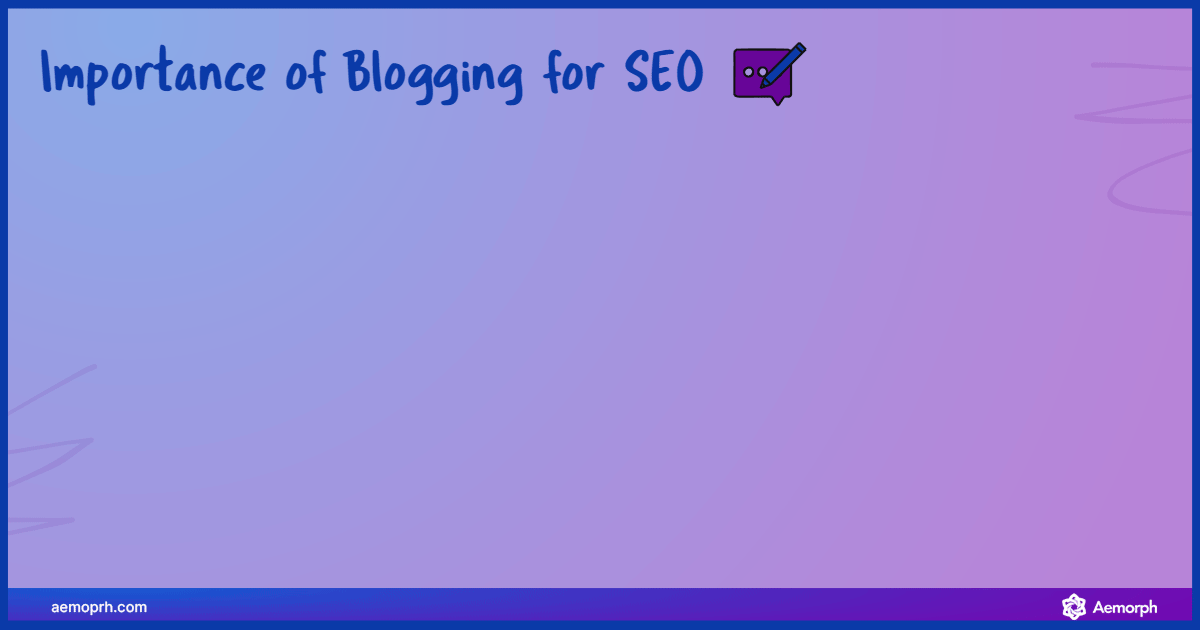
In essence, search engine optimisation is the process of enhancing your website content to attract more organic (unpaid) traffic from search engine results pages. For bloggers, this primarily involves ensuring your posts are discoverable and deliver value to your readers, which, in turn, earns you higher visibility in search rankings.
Defining Goals and Objectives
Set clear and specific objectives for your SEO efforts. For each blog post, you could aim to rank for a particular keyword, increase your site’s authority, or improve user engagement. These goals will shape your checklist and streamline your blog’s journey to success.
Steal Our 15-Point Foolproof SEO Blog Post Checklist
In this section, we’ll walk you through the 15 checklist points that are fundamental to your blog article’s search engine optimisation. Each action is critical, and when executed together, they form a robust strategy that search engines love.
1. Keyword Research & Targeting
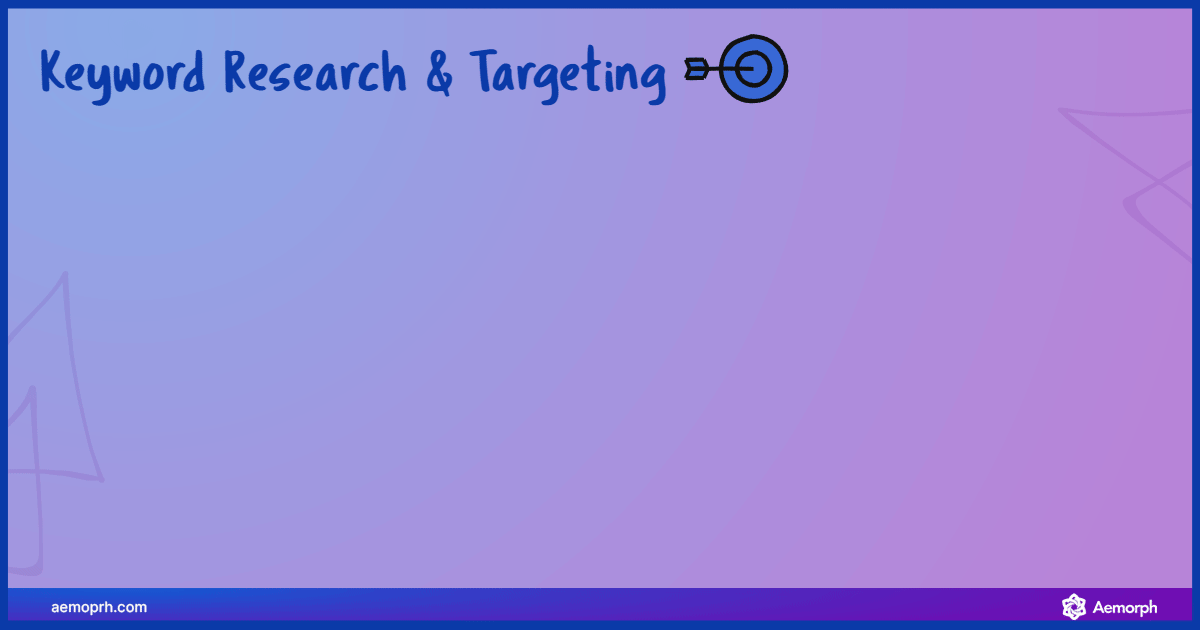
Your journey through SEO starts with understanding your destination: the keywords you want to rank for. Comprehensive keyword research, which is about search volumes, competition, difficulty, trend and user intent, is a must. You can use tools such as SEMrush and Ahrefs. Choose keywords wisely – they should align with the subject matter of your blog post and resonate with your audience. Regularly update your keyword list to adapt to changing search trends and user behaviours.
2. Compelling Title & Meta Description

The title tag and meta description are the first impressions readers will have of your post on a search engine. These elements are not just cues to understand your content but are your pitch to click. Craft titles that are not only keyword-optimised but also interesting. The meta description should be descriptive, clear, and encourage click-throughs. Incorporate powerful words and a clear call-to-action in your meta descriptions to boost click-through rates.
3. Content Structure & Formatting

Organise your content with headings, subheadings, and bullet points to make it scannable. This makes the reading experience more digestible for visitors and helps search engines understand the hierarchies and topics within your content. Use a table of contents for longer posts to improve navigation and user experience.
4. High-Quality & Relevant Content

Content is king, but only when it’s engaging and relevant. The length of your post can vary, but avoid fluff. Every word should serve a purpose. High-quality content not only keeps readers on your page longer but also encourages backlinks, a crucial factor in SEO. Conduct regular content audits to update and improve existing posts, ensuring they remain valuable and relevant.
5. Image Optimisation

Images are more than just visual aid; they are an asset for keyword optimisation. Use keyword-rich alt text, descriptive filenames, and captions to give context to search engines. Also, ensure your images are compressed for the web to aid in faster page loading times. Implement lazy loading to improve page speed by deferring the loading of off-screen images.
6. Internal Linking Strategy
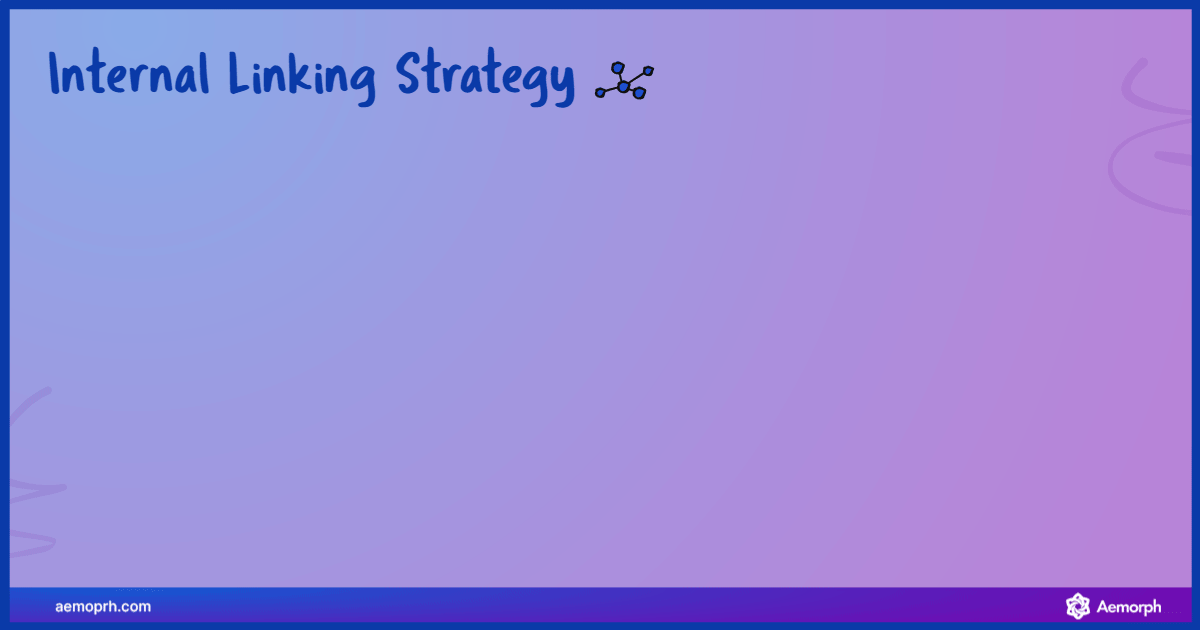
A well-thought-out internal linking structure guides visitors through your site, assists in the website’s crawlability, and distributes page authority throughout your domain. This helps users and search engines find and understand your content more easily. Link to both new and older content to keep all pages active and improve overall site SEO.
7. Mobile-Friendly Design

With the significant portion of website traffic coming from mobile devices, a responsive design is non-negotiable. Confirm your blog theme or design keeps user experience consistent across all devices, or risk your rankings plummeting. Use Google’s Mobile-Friendly Test tool to check your site’s mobile compatibility and address any issues promptly.
8. Page Loading Speed Optimisation
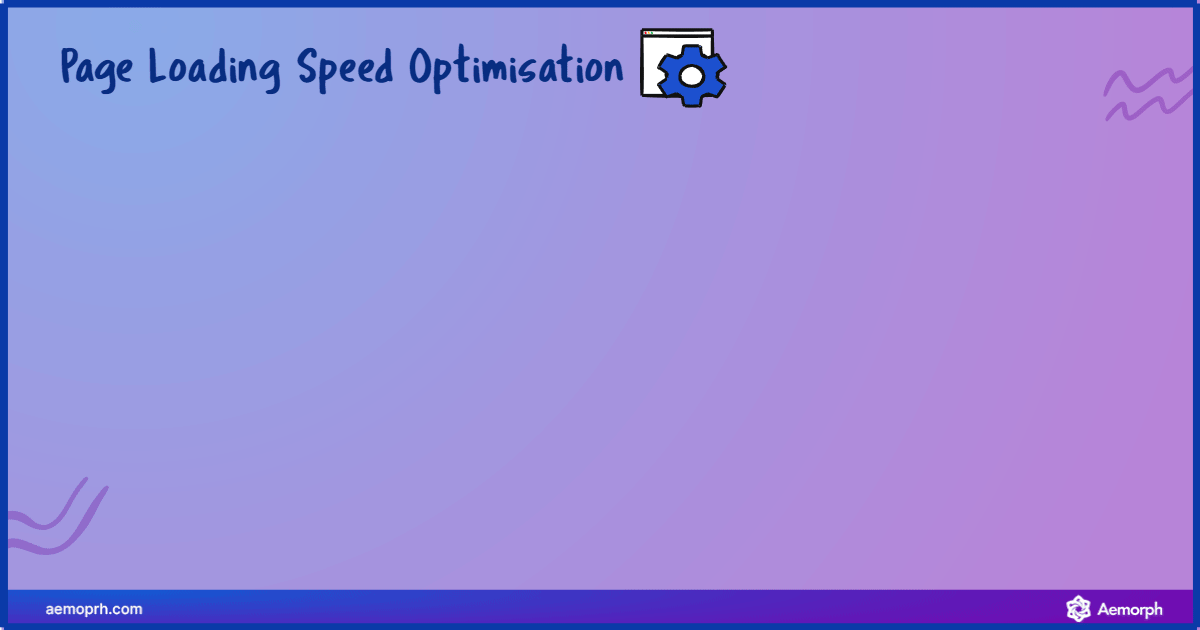
Page speed is a critical ranking factor and a pivotal component of user experience. Conduct thorough page speed optimisations using tools like Google PageSpeed Insights today to identify and fix speed issues for a faster-loading blog. Compress images, leverage browser caching, and minimise HTTP requests. Regularly monitor your site’s speed and make ongoing adjustments as needed to maintain optimal performance.
9. Off-Page SEO & Backlink Building
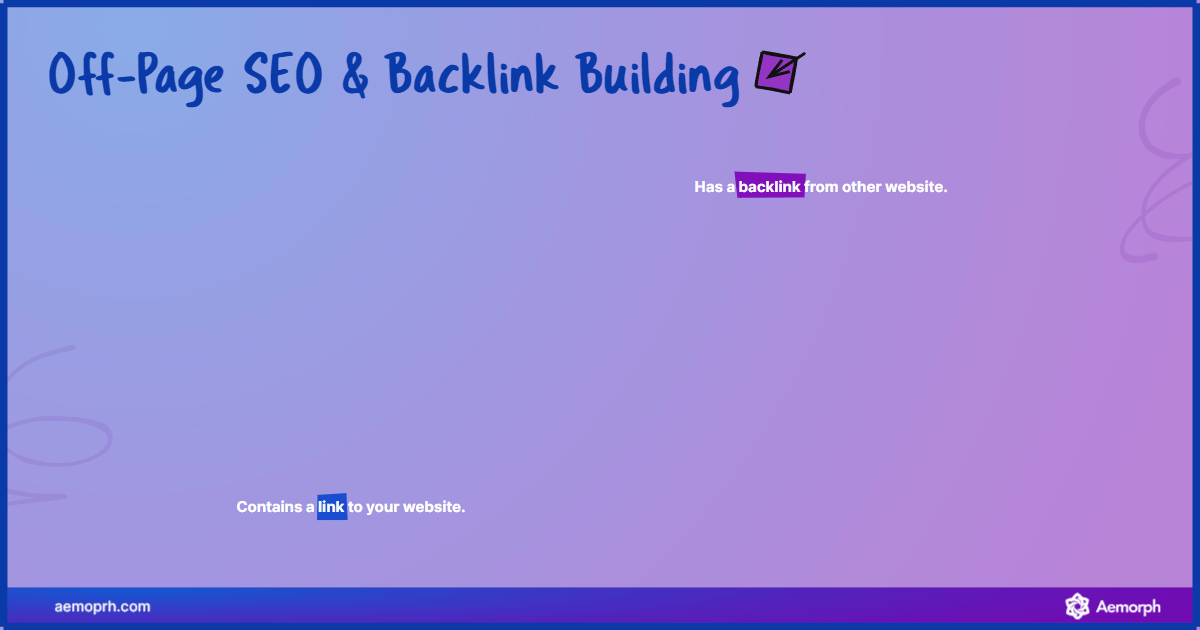
Backlinks from trustworthy and high-authority websites are like upvotes for your content in the eyes of search engines. Create compelling content that others naturally want to link to, or reach out for guest posting opportunities. Develop a strategy for reaching out to influencers and industry leaders to build valuable backlinks.
10. Social Media Promotion

Creating great content is just the start, the final line is its promotion. Share your blog posts on social media platforms frequented by your audience to stimulate engagement and drive traffic to your site. Use social media analytics to track engagement and refine your promotion strategy based on what works best.
11. Analytics & Data Tracking
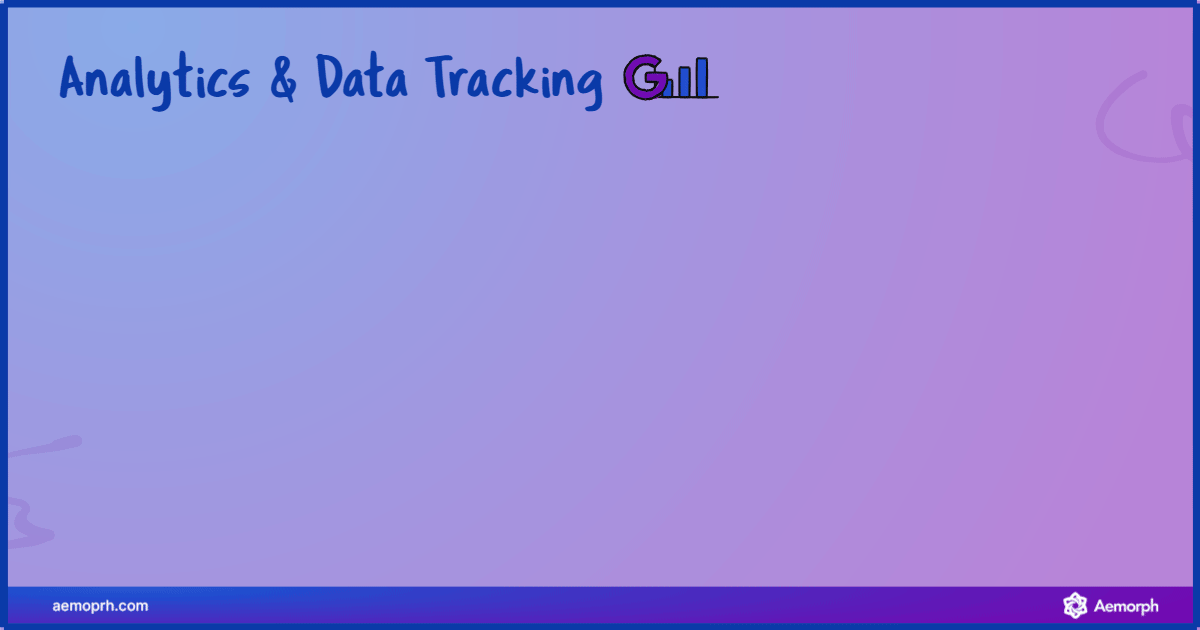
Knowledge is power, and in SEO, data is your indicator. Regularly monitor your site’s performance using Google Analytics and Google Search Console. Understand your traffic sources, conversion rates, and user behaviour to make informed decisions about your content and SEO strategy. Set up custom reports and dashboards to track your most important metrics efficiently.
12. Consistency & Patience
SEO is not an overnight process. It requires consistency in quality and patience in waiting for results. Continue to create content regularly, and you’ll observe the compounding effects over time. Develop a content schedule to ensure regular publication and maintain momentum.
13. Stay Updated
Search engine algorithms evolve. What worked yesterday might not work today. Stay informed about the latest SEO trends and algorithm updates. Keep learning, adapt, and refine your strategy. Join SEO forums and follow industry blogs to stay ahead of changes and new best practices.
14. Local SEO Optimisation (If Applicable)
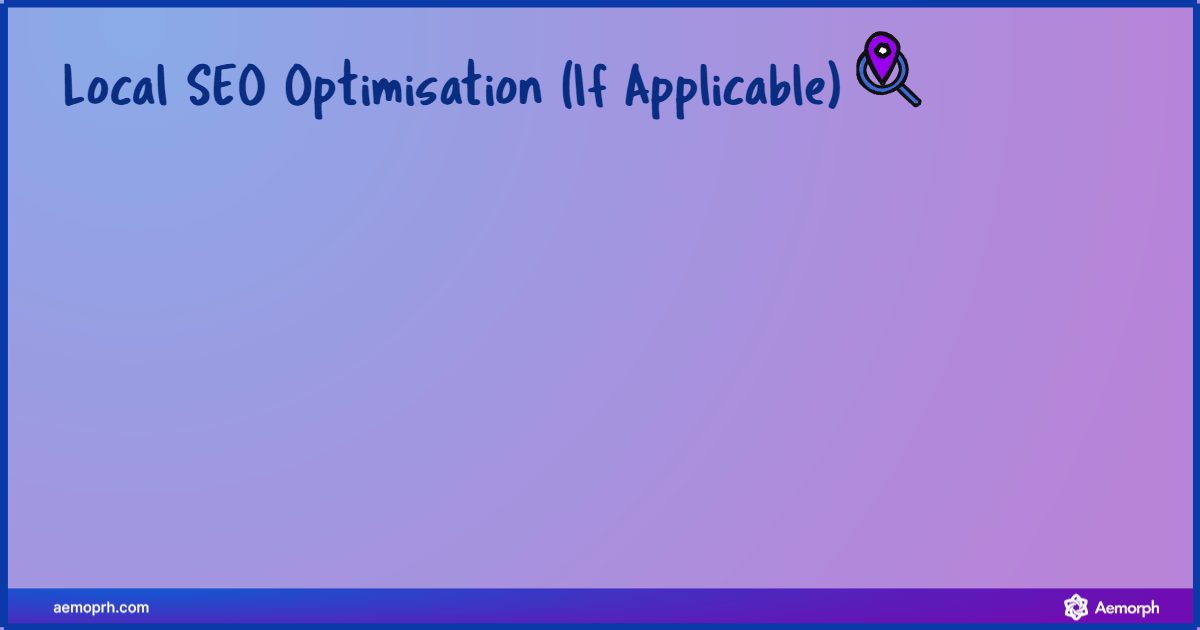
If your blog content targets local audiences or features geographical themes, implement local SEO practices. This includes using local keywords, claiming your Google My Business listing, building local backlinks, engaging on social media and cultivating local citations and reviews. Ensure your NAP (Name, Address, Phone number) information is consistent across all local directories.
15. Celebrate Success & Experiment
When you see your rankings rise, celebrate your victories. They’re rewards to your efforts. Then, continue to experiment with your SEO strategy. There’s always room for growth and learning in the world of digital marketing. Regularly review and analyse your experiments to understand what works best and iterate accordingly.
Go Forth and Optimise! Conquer the First Page with Your New SEO Power
with the knowledge and actionable list provided, you’re now ready to begin your journey through the thrilling, ever-changing landscape of SEO. Remember that SEO is not a destination but a perpetual process. Refine your skills, adapt to the new insights, and watch as your blog article ascends through the ranks to reach the eyes of readers looking for the knowledge you offer.
As you move forward, keep this checklist at the forefront of your blogging practice. Use it as a teaching aid to not only rank higher but also to fine-tune your craft as a storyteller, educator, or advocate in your field. With your dedication and this 15-point strategy, the first page of search engine results is no longer difficult but achievable for you to conquer.
So leap, and let’s make your next blog post an SEO masterpiece that captures not just the search engine robots but your audience. Download a printable version of this checklist, and let the optimisation game begin!









